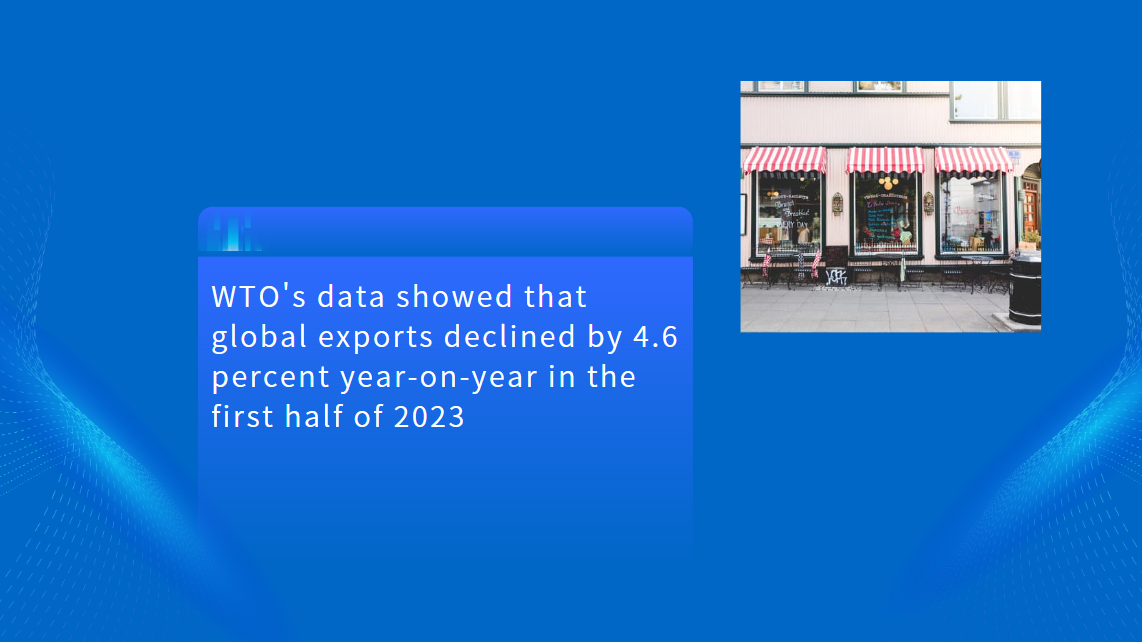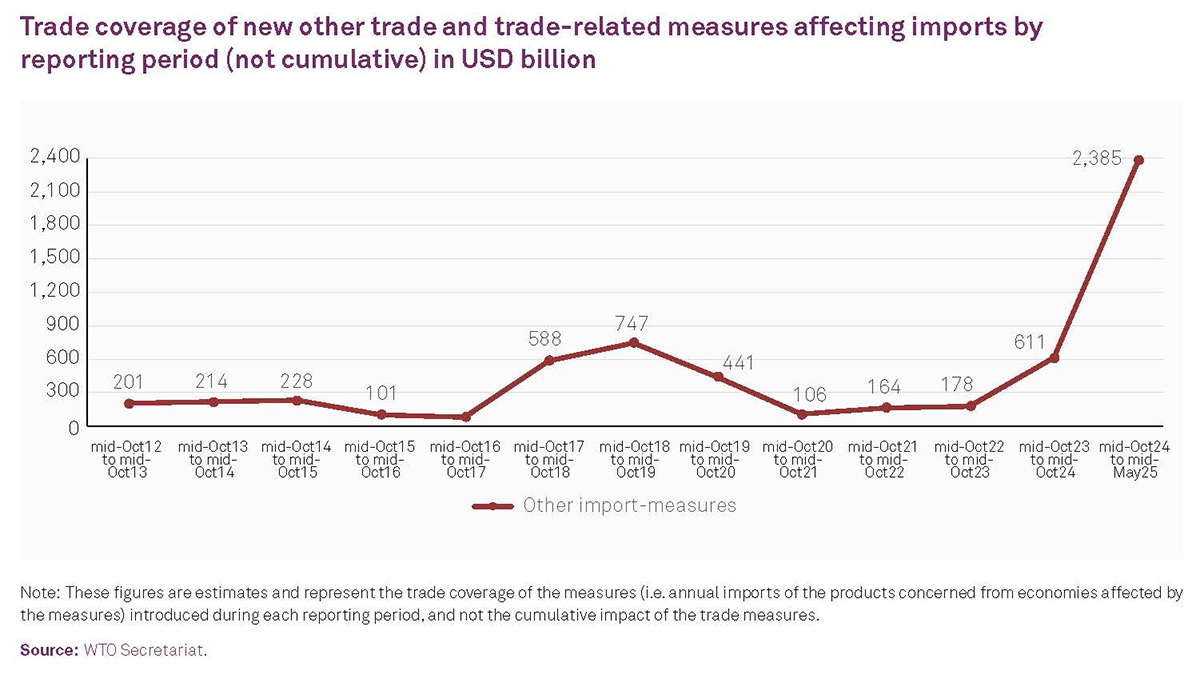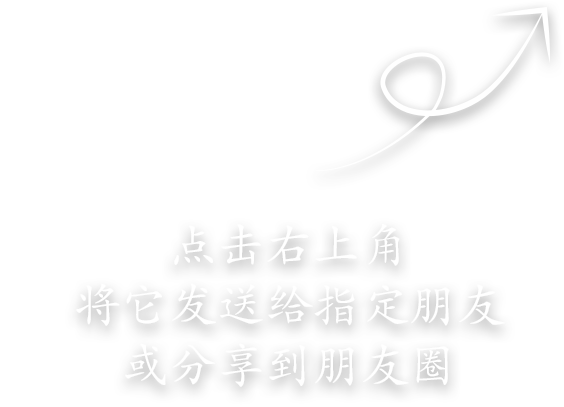China's Policy Levers Shift Toward High-Tech and Global Norms
China is doubling down on two powerful levers to reshape its economic future: structural tax incentives for high-tech industries and the nationwide rollout of advanced institutional reforms piloted in the Shanghai Free Trade Zone. For international investors, this convergence of financial support and regulatory alignment with global standards may signal an opening not just of markets—but of mindset.
A 636 Billion Yuan Vote of Confidence in High-Tech Growth
According to data released on July 4 by China's State Taxation Administration, the country has delivered a combined ¥636.1 billion (approx. US$88.9 billion) in tax and fee reductions in the first five months of 2025, targeted at fostering technological innovation and advanced manufacturing. Among these:
¥140.7 billion in corporate income tax reductions supported high-tech and emerging industries;
¥415.8 billion was channeled into VAT deductions and tax refunds for advanced manufacturing firms.
The impact is already measurable. Sales revenue from high-tech industries rose 14.2% year-on-year, with equipment manufacturing and digital product manufacturing growing by 9% and 12.1%, respectively. This trend underscores Beijing's deliberate reallocation of fiscal resources toward sectors that align with its “innovation-driven development” strategy.

For global investors and multinational corporations, these figures are more than budgetary statistics—they reflect a directional shift in industrial policy. By rewarding IP-rich, tech-forward industries, China is making a bid to move up the value chain and reduce reliance on lower-margin manufacturing. For firms in semiconductors, clean energy, AI, and advanced robotics, this spells both opportunity and alignment.
Shanghai's Reform Blueprint Goes National
In parallel, China is pushing for systemic openness through the replication of 77 pilot reform measures originally tested in the China (Shanghai) Pilot Free Trade Zone. These reforms, announced by the State Council on July 3, aim to replicate “institutional dividends” across broader regions and, in some cases, nationwide.
The measures span seven domains:
Trade in goods and services
Digital trade
Intellectual property rights
Environmental and labor standards
State-owned enterprise (SOE) reform
Government procurement
Financial sector liberalization
According to Cui Weijie, Vice President of the Chinese Academy of International Trade and Economic Cooperation (CAITEC), many of these reforms “either break through existing regulatory constraints or fill in policy gaps.” He notes that they reflect international high-standard economic and trade rules, which include newer priorities like cross-border data flows, ESG compliance, and IPR protection—issues of direct relevance to global investors.
Some measures will be rolled out nationwide, while others will remain within pilot FTZs. However, the broader message is clear: China is experimenting not only with policies but with compatibility.
Implications for International Business Stakeholders
For bankers, insurers, trade lawyers, and multinational HR teams, these developments point to a maturing policy environment with the following implications:
Tax Planning Opportunities:
The significant relief in corporate taxes and VAT for high-tech enterprises suggests that international firms partnering with or investing in these sectors could indirectly benefit from a more favorable tax ecosystem. Structuring cross-border JVs or R&D collaborations with eligible local partners may unlock fiscal advantages.
Legal and Regulatory Predictability:
With reforms echoing elements of CPTPP and DEPA standards, especially around digital trade and IP, legal advisers can expect more standardized frameworks. This reduces operational ambiguity—an often-cited concern for firms navigating China's regulatory landscape.
New Avenues for Compliance-Driven Differentiation:
The inclusion of labor protections, environmental standards, and SOE reforms indicates a tilt toward ESG-aligned governance. For multinationals already operating under stringent global compliance norms, this convergence lowers reputational risk and enhances brand differentiation.
Digital Trade and Data Mobility:
Measures concerning the cross-border flow of data may facilitate digital trade platforms and AI/IoT-enabled supply chains, creating fertile ground for fintech, SaaS, and e-commerce firms to scale operations with greater certainty.
Strategic Positioning in the GBA and FTZs:
The tiered rollout means certain zones—especially Shanghai and other Free Trade Zones—will continue to serve as testing grounds for liberalized capital flows and cross-border service integration. Companies positioning their regional hubs in these areas stand to benefit first from any policy loosening.
The Bigger Picture: Institutional Openness as a New Growth Narrative
While headlines often focus on geopolitics or trade friction, these latest measures signal something more enduring: a turn toward institutional openness. Unlike one-off stimulus injections, structural tax relief and rule-based reform suggest an underlying recalibration of China's growth model.
As Cui Weijie puts it, these reforms aim to "stimulate market vitality by systematically lowering transaction costs." That message resonates with investors looking for policy visibility and operational resilience.
For business leaders weighing regional expansion, the combination of fiscal policy levers and rule-based reform may finally offer a platform where return and regulatory clarity begin to converge.





















































First, please LoginComment After ~